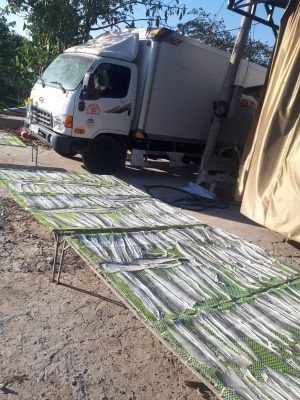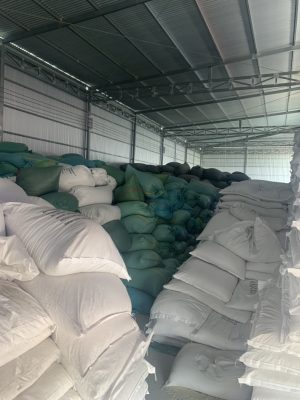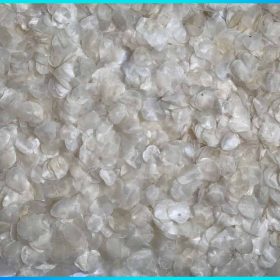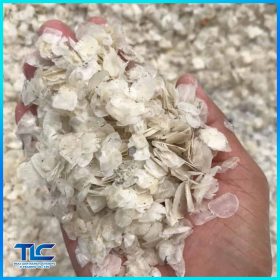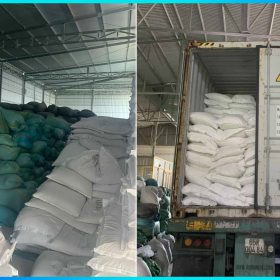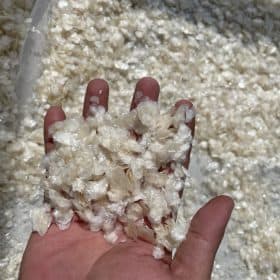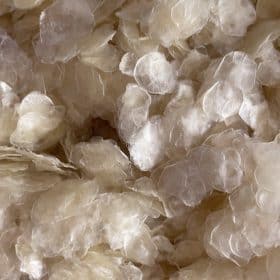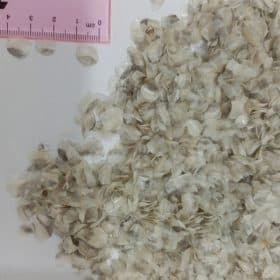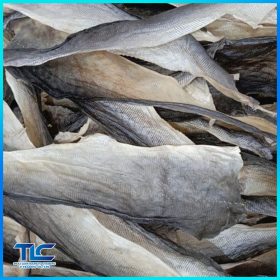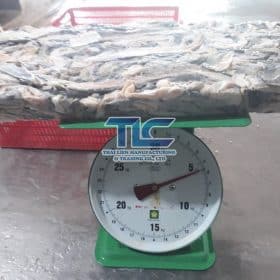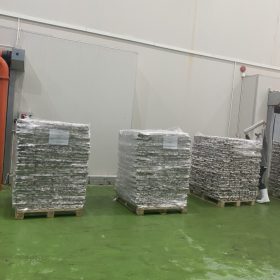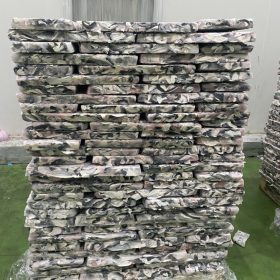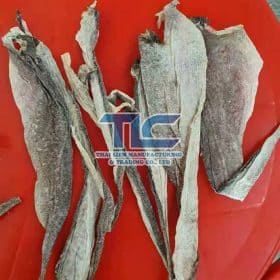Unveiling the Process of Raw Material Collection for Producing Dried Fish Skin and Fish Scale with Global Market Applications
In today’s evolving world of innovative products, the market for dried fish skin and fish scales has emerged as a unique and sustainable niche. This article sheds light on the intricate process of collecting raw materials to manufacture dried fish skin and fish scales. From the sourcing of materials to their applications in the global market, we explore every aspect of this fascinating industry.
Introduction
Dried fish skin and fish scales have gained attention due to their versatility and eco-friendly nature. Manufacturers are capitalizing on the increasing demand for sustainable alternatives, making this industry a hub of creativity and innovation.
Collecting raw materials is the foundation of producing high-quality dried fish skin and fish scales. This process involves careful selection, preparation, and processing of fish skin and scales.
Sourcing of Raw Materials
The journey begins with selecting the right type of fish for skin and scale extraction. Varieties rich in collagen and natural oils, like salmon and tilapia, are preferred for their quality attributes. Sourcing sustainable fish helps maintain the ecological balance.
Cleaning and Preparing the Fish Skin and Scales
The sourced fish undergoes thorough cleaning to remove any contaminants. The skin is delicately separated from the fish, ensuring minimal damage. Fish scales are carefully detached using precision techniques.
Preservation and Initial Processing
To maintain the integrity of collected materials, preservation techniques like salting or freezing are employed. This prevents bacterial growth and preserves the quality of fish skin and scales. Subsequently, initial processing includes descaling and removing excess moisture.
Advanced Processing for Quality
Advanced methods, such as enzymatic treatment and chemical-free processing, are used to ensure the highest quality of dried fish skin and scales. These techniques enhance the texture, color, and durability of the final product.
Crafting Dried Fish Skin and Scales
The dried fish skin is skillfully crafted into various shapes and sizes. It can be used for fashion accessories, leather goods, and even culinary purposes. Fish scales, after careful processing, are transformed into shimmering materials for cosmetics and artistry.
Applications of Dried Fish Skin and Fish Scales on the Global Market
The applications of dried fish skin and fish scales extend far beyond the ordinary. Let’s explore the diverse industries that benefit from these unique materials.
Fashion and Accessories
Dried fish skin is finding its place in the fashion industry. With its distinct texture and appearance, it’s used to create wallets, handbags, shoes, and even clothing items. This trend is embraced by eco-conscious consumers who appreciate sustainable alternatives.
Beauty and Cosmetics
Fish scales, known for their iridescent qualities, are a sought-after ingredient in cosmetics. They’re used in makeup products like nail polish, eye shadows, and highlighters. Their shimmering effect adds a touch of uniqueness to beauty routines.
Culinary Innovations
In the culinary world, dried fish skin is making waves. Chefs are experimenting with its usage as a crispy and nutritious ingredient. It’s used as a garnish, snack, or even as an element in gourmet dishes, adding a distinct flavor and texture.
Medical and Healthcare Advancements
The collagen-rich nature of fish skin has caught the attention of the medical industry. It’s used for wound dressings, burn treatments, and tissue regeneration. The natural properties of fish skin make it an effective material for various medical applications.
Artistry and Crafts
Fish scales are a source of inspiration for artists and craftsmen. Their unique texture and reflective surface make them ideal for creative projects. From jewelry-making to intricate mosaic art, fish scales bring a touch of nature’s beauty to various artistic endeavors.
Sustainability and Environmental Conservation
Beyond specific industries, the utilization of fish skin and scales aligns with sustainable practices. By repurposing waste materials from the fishing industry, manufacturers contribute to reducing environmental impact and promoting a circular economy.
FAQs
What makes dried fish skin suitable for fashion accessories?
Dried fish skin’s texture, durability, and sustainability make it an excellent choice for crafting fashion accessories that appeal to eco-conscious consumers.
Are fish scales safe for cosmetic use?
Yes, fish scales used in cosmetics undergo thorough processing to ensure they are safe and suitable for use in beauty products.
How is dried fish skin used in culinary creations?
Dried fish skin is used to add a crispy and flavorful element to dishes. It can be seasoned, baked, or fried to enhance the culinary experience.
What benefits do fish skin wound dressings offer?
Fish skin wound dressings provide a natural source of collagen, aiding in wound healing, reducing infection risk, and promoting tissue regeneration.
Can fish scales be used in DIY crafts?
Absolutely, fish scales are popular among DIY enthusiasts for creating unique jewelry, accessories, and decorative items.
How does using fish skin and scales contribute to sustainability?
By repurposing fish waste materials, manufacturers contribute to reducing environmental waste and promoting sustainable practices.
Conclusion
The world of dried fish skin and fish scales is a captivating blend of innovation and sustainability. From the meticulous collection of raw materials to their diverse applications across industries, these materials showcase the potential of harmonizing nature with human creativity. As consumer preferences continue to lean towards eco-friendly choices, the global market for dried fish skin and fish scales is poised for remarkable growth and transformation.

